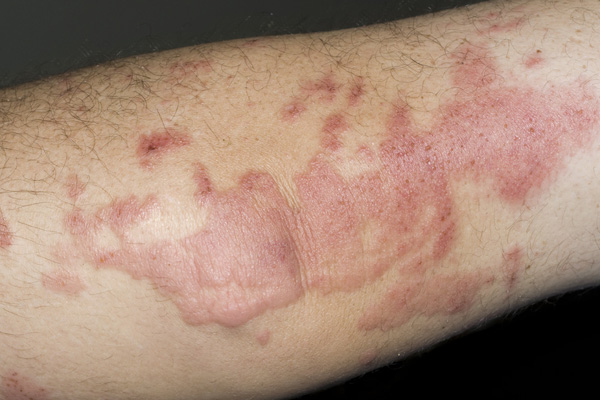Red Patches on Skin-Skin Issues
Red Patches on Skin

Here is a short article on red patches on skin. We all have some sort of a similar skin issue at one time or another in our lives.
Whenever you got an infection on skin the factor behind this may be any infection, the most common offenders are fungis or bacterial infections.
Fungal infections are relatively common however it disappears as long as these rashes are in the eczema classification.
A lot of the time most typical diagnostic error made by both patients and non-dermatology physicians is that they call scaly rashes "a fungi."
For instance, someone with several flaky spots on the arms, legs, or upper body is a lot more likely to have a form of eczema or dermatitis than real ringworm.
As yeasts are botanically associated with fungi and they can trigger skin rashes. Many a times these tend to impact folds of skin.
They look fiery red and have pustules around the edges.
As is the case with ringworm, many rashes that are no more than eczema or inflammation get labeled "yeast infections."
Who are at risk?
Person have more chances of having a fungal rash consist of those are taking high-dose or long-term antibiotics or immunosuppressant drugs and who are associated with taking these or other medications.
An obese person has also chances of having rashes. Diabetic person are more likely to have skin problems.
Who are incontinent can be caught by skin issues. Those who sweat heavily and have a loss of mobility as they are unable to maintain independent toileting might have more chances of having skin problems.
Often, If you use a brand-new skin care product and that began aggravating you this can lead to skin rashes.
Treatment for Skin Rashes
Person who is affected by the fungal infection use antifungal treatments as they use it over the infected area.
Topical treatments and anti-fungal tablets are typically available. The treatments of the rashes or the skin condition rely on the type of rashes.
A thin layer of anti-fungal cream is used over the affected area until it is absorbed into the skin.
